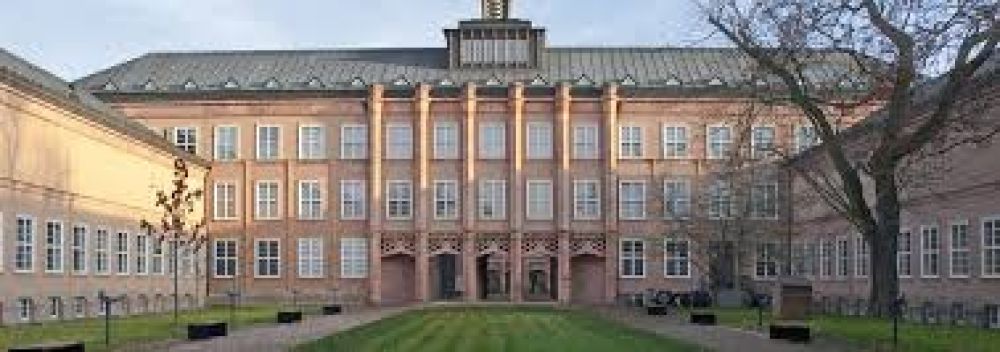

The Grassi Museum, situated in the vibrant city of Leipzig, is one of the most significant cultural institutions in Germany. It is actually a complex of three museums: the Ethnography Museum, the Musical Instrument Museum, and the Applied Arts Museum. Named after the merchant and senator Franz Dominic Grassi who bequeathed significant funds to the city, the museum's foundations were laid in the early 20th century.
The construction of the current museum building was completed in 1929, designed in the New Objectivity style by German architect Hubert Ritter. The original idea was to create a combined place for arts and education, which has since become an integral part of Leipzig’s cultural scene. After sustaining damage during World War II, it underwent several renovations, the latest major one concluding in the first decade of the 21st century, reinstating the museum as a key tourist and cultural destination.
Post-war East Germany saw Leipzig as a significant economic and cultural center, with the Grassi Museum playing a crucial role in educating and entertaining both locals and visitors. Despite the challenges faced during the GDR period, the museum maintained its status as a cultural hub. With the reunification of Germany, the Grassi Museum experienced a resurgence, aligning with the increasing global interest in Leipzig's history and cultural wealth.
Modern-day tourism at the Grassi Museum has been bolstered by Leipzig's growing reputation as a city of music, history, and arts. The museum's diverse exhibitions and collections draw in visitors interested in ethnography, musical history, and artistic designs from various periods and regions around the world. It has become a critical part of Leipzig’s cultural tourism offering, benefiting from the city's improved connectivity and tourist amenities.
The latest trends in Grassi Museum tourism reflect a broader shift in cultural tourism. Visitors are seeking immersive and educational experiences that offer deep dives into specific subjects. The museum catours to this trend with detailed displays, interactive exhibits, and regular special exhibitions that attract a diverse audience.
Sustainable tourism has also become increasingly important, and Grassi Museum has adopted practices to minimize its environmental impact, catering to an eco-conscious audience. Additionally, there's been a push towards digitization, with virtual tours and digital archives, making the museum's offerings accessible to a global audience, furthering its educational mission.
Another significant trend is the combination of cultural experiences with local gastronomy and shopping, encouraging visitors to support local businesses. The Museum's events often include local food vendors and artisans, enhancing the visitor experience while contributing to the local economy.
Finally, the rise of social media as a tool for sharing travel experiences has seen the Grassi Museum become a popular backdrop for visitor photos and narratives, helping to draw in a younger, digitally connected audience.
The Grassi Museum continues to adapt and thrive in the modern tourism landscape, remaining a testament to Leipzig's historical legacy while embracing contemporary trends to attract and engage visitors from all over the world. Its blend of history, culture, and innovation make it a standout destination for tourists seeking a rich and varied cultural experience.